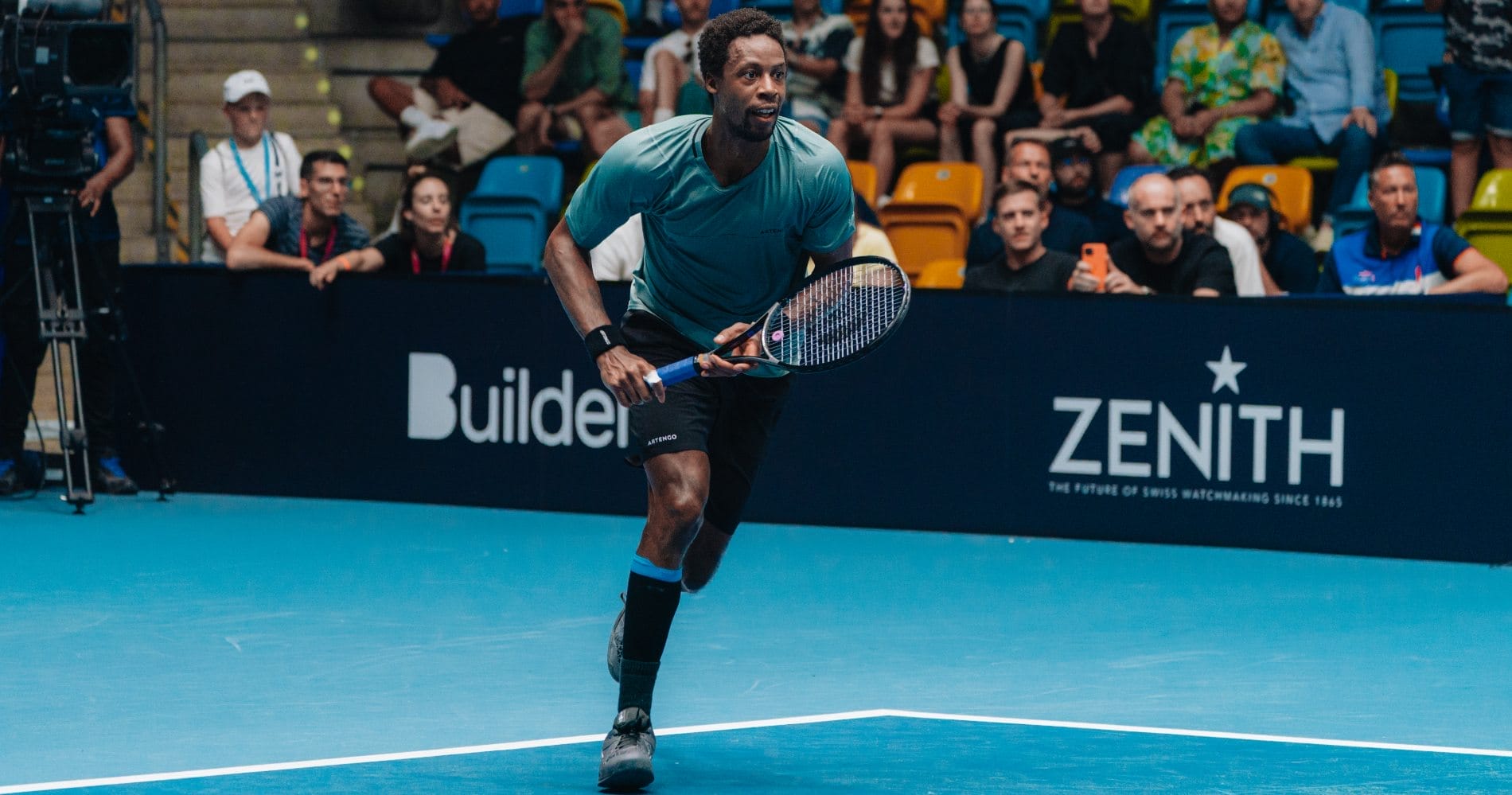The statistics that show UTS is faster paced than traditional tennis

When Patrick Mouratoglou invented UTS, it was with the intention of creating a version of traditional tennis that would be more engaging for younger fans. Part of this was about speeding up the pace of the game, giving less down time between points where viewers could potentially lose interest.
Looking at statistics from the first two UTS events of 2023, it’s clear that this desire to deliver a faster-paced game is working. It might be wearing out “La Monf” Gael Monfils and “The Rebel” Benoit Paire, but it’s working.
Here are the numbers that prove it.
Almost twice as many points per minute in UTS matches, compared to ATP Tour
Across the 30 UTS matches played in Los Angeles and Frankfurt so far this year, an average of 96.8 points were played per match. The least points played in a match was 74, while the most was 119.
These games lasted an average of 47 minutes, with the shortest being 33 minutes, and the longest 58 minutes. This means that on average, 2.04 points were played per minute in UTS matches this year.
Comparing this to the ATP Tour, average match length was 110 minutes, with 145 points played on average in best of three set matches. This means that 1.3 points are played per minute in ATP Tour matches—far lower than the 2.04 points per minute played in UTS.
Part of this increase in speed will be due to the removal of second serves in UTS, as well as the introduction of a 15 second shot clock between points, and changes of end only every eight minutes, between quarters.
It’s no wonder that the biggest takeaway most new competitors have on the UTS Tour is how hard the format is to keep up with, and how surprised they are at the physical toll it takes.
More articles

Draw revealed: Tsitsipas completes field at UTS New York

Kyrgios, Bublik and Mouratoglou talk bad losses, who’s crazier and childhood dreams in latest ‘All on the Table’ episode

Benoit Paire shows why he is called The Rebel in Newport



